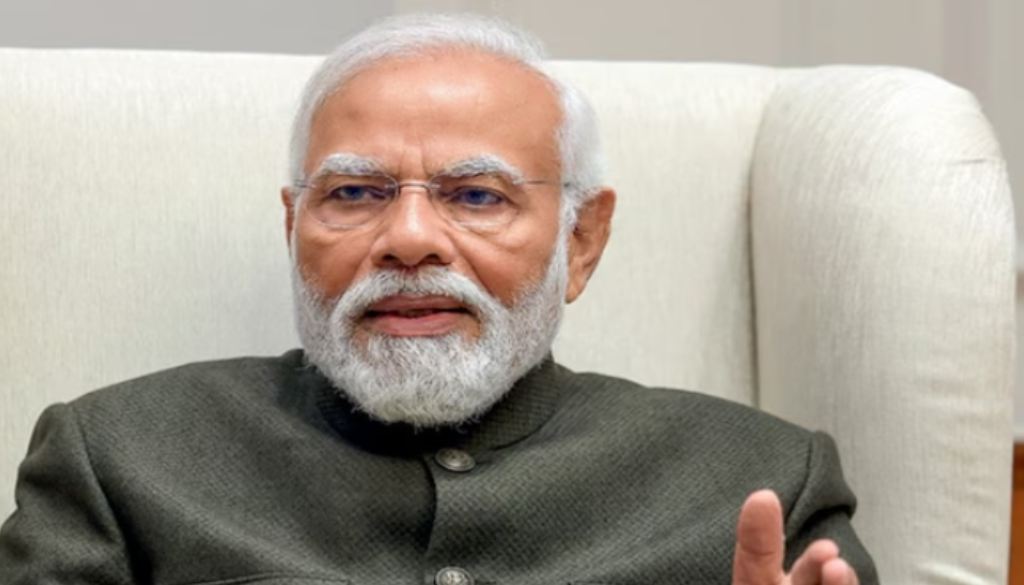PM Modi Unveils ‘Mission Divyastra’: India Successfully Tests Agni-5 Missile with MIRV Technology

New Delhi, 11th March 2024: New Delhi witnessed a historic announcement today as Prime Minister Narendra Modi revealed the launch of “Mission Divyastra,” unveiling an indigenously developed, groundbreaking weapons system that transforms India’s geopolitical and strategic standing, bringing significant shifts to the landscape in Southeast Asia. The Agni-5 Multiple Independently Targetable Re-entry Vehicle (MIRV) missile, a product of over a decade of research by the Defence Research and Development Organisation (DRDO), completed its inaugural flight.
The new DRDO weapon system incorporates MIRV technology, enabling a single missile to deploy multiple warheads, striking targets at various locations simultaneously. This technology is currently held by only a few nations, and with this successful test, India joins the select club alongside the United States, the United Kingdom, Russia, France, and China.
Expressing pride in DRDO scientists, PM Modi remarked on the accomplishment of Mission Divyastra, praising the first flight test of the Agni-5 missile with MIRV technology. President Droupadi Murmu congratulated Team DRDO for achieving a significant milestone, emphasizing the state-of-the-art technology’s role in advancing India towards self-reliance.
Dr V K Saraswat, former Director General of DRDO and current Member of Science and Technology at NITI Aayog, described the Agni-5 with MIRV as a “huge force multiplier,” especially given India’s no-first-use policy. This technological leap allows India to execute a punishing second strike with lethal capabilities, significantly enhancing the country’s strategic capabilities.
Developing a ballistic missile with the capacity to carry multiple warheads aimed in different directions is an immensely challenging task. The MIRV payload involves a single missile carrying several nuclear warheads, each programmed to hit a separate target, extending India’s targeting capabilities within a 5,000-plus km radius.
The Divyastra system is equipped with indigenous avionics systems and high-accuracy sensor packages, ensuring precise targeting of re-entry vehicles. It is suspected that the weapons system was tested within a range of 3,550 km, based on the issuance of a no-fly NOTAM (Notice to Airmen) in that range.
Dr. Saraswat highlighted that each “baby missile within the mother missile” has its own guidance and control system, capable of launching and hitting independent targets. The Divyastra’s basic missile, a three-stage Agni-5, has a modified nose cone to accommodate micro-nukes, mini-nukes, and even a large thermo-nuclear weapon. The MIRVs act as targeted tactical weapons, elevating India’s second-strike capability.
Sources revealed that the project was led by a woman, whose identity remains undisclosed.







